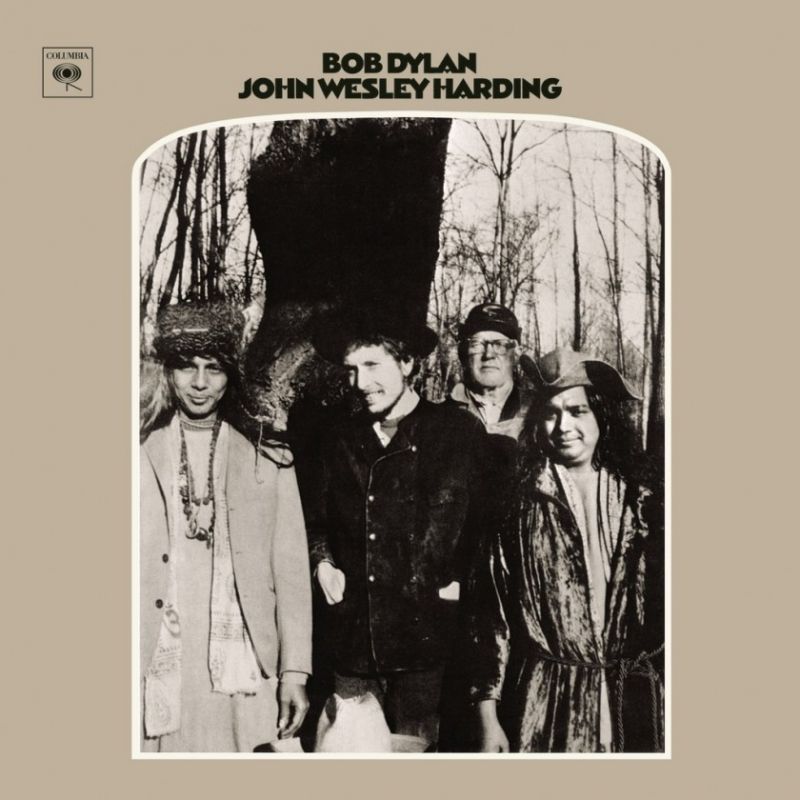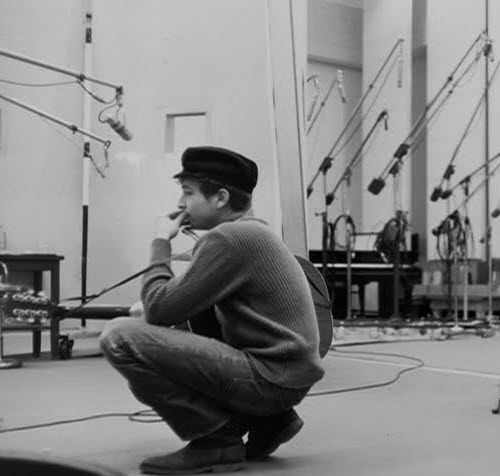
“He felt there were some songs that he had written that had become hits of sorts for other people, that he didn’t actually perform himself, and he wanted to fit those on the record as well…So we just went in one afternoon and did it, it was just the two of us and the engineer, and it was very simple…we chose three [songs] on the spot and mixed them…in the space of an afternoon…Sometimes I wasn’t even sure if it was a final take until we would just finish and Bob would say, ‘Okay, let’s go and mix it.'”
~Happy Traum
–
I believe we can hear a surprisingly happy Dylan reasserting the expressive power and rich musicality of his own work. The soulful harmonica playing, the striking two-part singing, the confident and inventive guitar rhythms, the strong conveying of individual consciousness and specific feelings in the vocalizing of words and phrases, all work together to communicate the artist’s renewed confidence in the value of his work and in his ability as a performer to share something unique with the world.
~Paul Williams (BD Performing Artist, 1960-73)
Wikipedia:
Bob Dylan’s Greatest Hits Vol. II (1971), also known as More Bob Dylan Greatest Hits, was the second compilation album released by Bob Dylan. With Dylan not expected to release any new material for an extended period of time, CBS Records president Clive Davis proposed issuing a double LP compilation of older material. Dylan agreed, compiling it himself and suggesting that the package include a full side of unreleased tracks from his archives. After submitting a set of excerpts from the The Basement Tapes that Davis found unsatisfactory, Dylan returned to the studio in September 1971 to recut several Basement songs, with Happy Traum providing backup.
The final package included one previously uncollected single, “Watching the River Flow”, an outtake from the same sessions, “When I Paint My Masterpiece”; one song from Dylan’s April 12, 1963 Town Hall concert, “Tomorrow Is a Long Time”, and three songs from the September sessions, “I Shall Be Released”, “You Ain’t Goin’ Nowhere”, and “Down in the Flood”. The remaining tracks were drawn from existing releases.
Continue reading Bob Dylan: Greatest Hits Vol.2 recording session, 24 September 1971 →






